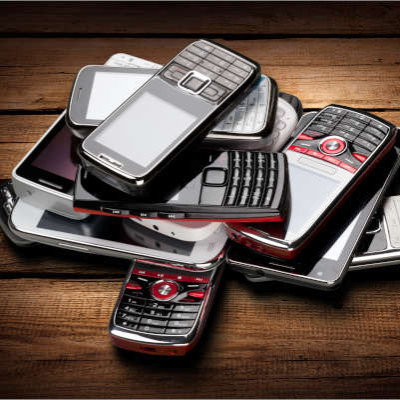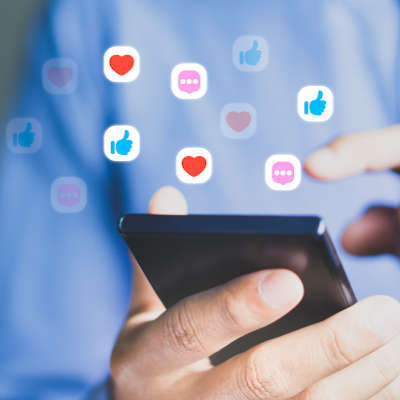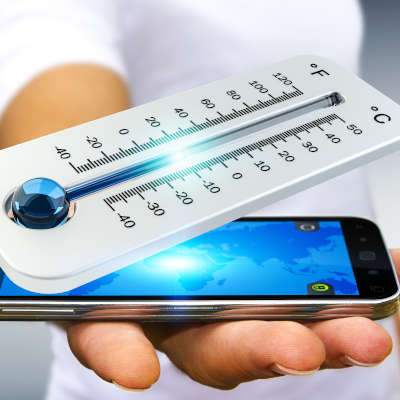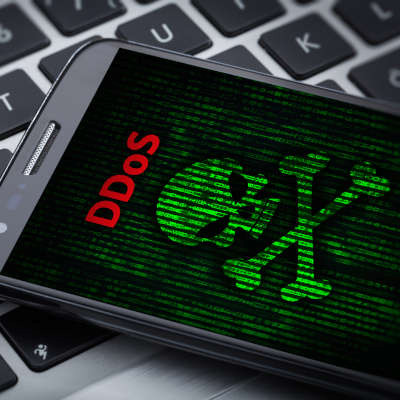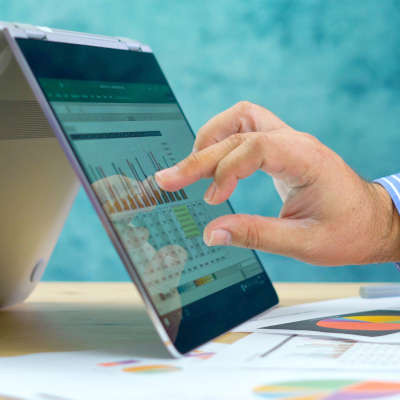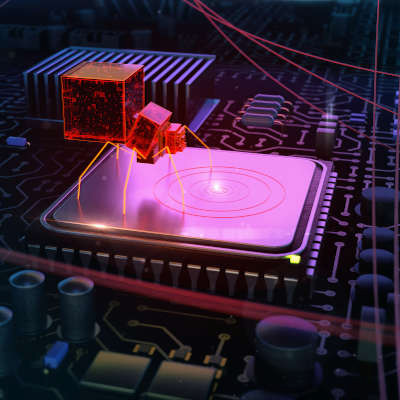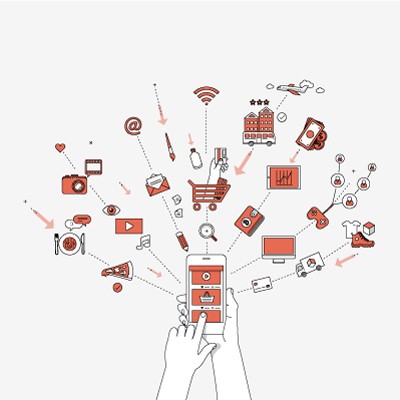Cerberus IT Solutions Blog
Blockchain was all the rage for five years. You couldn’t talk about technology without someone bringing it up. At that point, it was listed as the remedy for all the world’s problems. Five years later, it’s not being mentioned quite as much, but it has been used to create some very useful products. Let’s take a look at what is going on with blockchain technology in 2020.
Most homes and businesses use Wi-Fi of some sort. It is the most useful way to get the computing resources to computers and mobile devices without having to go through the headache of laying cables and dealing with data overages. What you may not know about your Wi-Fi network is that it can be set up in a way that can ensure that your most important Wi-Fi processes get the bandwidth they need. Let’s take a look at how partitioning your Wi-Fi can benefit your business.
Social media platforms have proven their worth as a communication tool and advertising platform… something that many political campaigns are embracing with an election looming. As a result, many people have found their feeds cluttered with campaign ads. The thing is, the ads aren’t always welcomed on a platform that many use to keep up with friends and family—even less so if the content doesn’t align to their political views.
It seemed that, not so long ago, everything was going to be associated in some way to blockchain and blockchain technology. All online transactions and data were going to use the blockchain for security. However, as 2020 has provided some very effective distractions from the thought of blockchain, it seems to have slipped from the public consciousness. Let’s look at how blockchain is still being used today to drive innovation as a quick reminder.
The good old days, the timeless oldies, there’s no school like the old school… A lot of us fondly look back on the simpler times, but technology typically pushes forward. In fact, if we look back at what we were collectively doing with computers back in the 80’s and 90’s, it’s practically embarrassing. Sure, the music and television shows of our formative years will never be topped, but less can be said for the technology. Unless you are a Boeing 747...
Smartphone users know how hot their devices can get, seemingly without reason, and how unnerving that can be. No wonder—these heat levels can damage the device itself. This means it is very important to try and control its temperature as best you can. We’ve put together some tips to help you keep your phone from overheating.
Spreadsheets are a supremely useful tool for businesses to use, but it is important for you to consider which option will work out best for your particular needs. Let’s consider the biggest two spreadsheet applications available today—Microsoft’s Excel and Google’s Sheets—to familiarize yourself with your options.
In modern business culture, productivity reigns supreme. So much so, in fact, that the concept of a break is unofficially frowned upon and seen as an indicator of an unproductive employee. Breaks can actually benefit the productivity of your team. Let’s go over the perception of a break, and what the reality is.
Traditionally, when you talk about employee health, issues come up about health insurance and workplace safety. With the COVID-19 pandemic six months old, new considerations have to be made. The pandemic has caused many businesses to reassess the way they go about doing things to ensure that their workforces aren’t exposed to the virus, and that employees can handle their jobs with the pressures brought forth by the spread of SARS-CoV-2. Today, we’ll review some of the considerations business owners have to make to keep their workforces safe.
Cybersecurity is challenging enough… you don’t need issues coming from one of your key applications. However, since a bug was found in some of the most popular Internet browsers today—potentially risking billions of people’s data security—you could very well see these kinds of issues. Let’s go over this vulnerability, and what you can do to address it.
Wireless Internet connectivity is an indispensable utility in today’s modern office. However, implementing one that will perform optimally is far from a straightforward task. Here, we wanted to offer you some tips to make the planning process for your Wi-Fi implementation both simpler, and more productive.
The COVID-19 pandemic has had a major effect on business. Despite this fact, we’re starting to get to the point where most businesses are at least being allowed to attempt to conduct business in a somewhat normal fashion, but it’s definitely a new world out there. Business owners in all lines of business are looking for that tool that can improve productivity, make their operations more efficient, and spit out the metrics they need to tweak them.
I want you to take a moment and consider something: is your business prepared to survive any kind of data disaster? If you aren’t, you need to ensure that your systems—all your systems—can recover from whatever feasible event might impact them. This is what is known as IT resilience. Let’s dive in a little deeper.
So many organizations continue to use a decade-old operating system, and they really, really shouldn’t.
Here’s the thing: Windows 7 is dead and gone… and yet, as of July, it still had a market share of about 23 percent, making it the second-most-popular operating system. Here, we’ll be going over just why it is—if your company is still using Windows 7—that you need to update to Windows 10 immediately (if not sooner).
The impact of COVID-19 to businesses has been such that we will not likely return to the way business was run before all of this happened. A major factor to this is how businesses once made use of their technology. The shifts that have occurred in the last few months will not likely go away, even after the pandemic ends.

